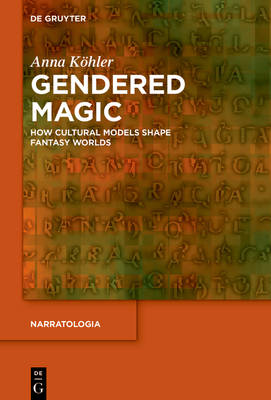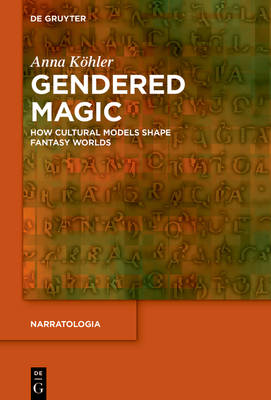
- Afhalen na 1 uur in een winkel met voorraad
- Gratis thuislevering in België vanaf € 30
- Ruim aanbod met 7 miljoen producten
- Afhalen na 1 uur in een winkel met voorraad
- Gratis thuislevering in België vanaf € 30
- Ruim aanbod met 7 miljoen producten
Zoeken
Omschrijving
At the surface, fantastic storyworlds appear free of the constraints of reality - yet for all their limitless potential, most popular fantasy texts still cling to patriarchal representations of gender. Drawing on the cognitive framework of Cultural Models Theory (CMT), this book examines the reasons behind this phenomenon by analyzing the intersection between gender and magic in four contemporary fantasy series: J.K. Rowling's Harry Potter, Terry Pratchett's Discworld novels, Robin Hobb's Farseer trilogy, and Jonathan Stroud's Bartimaeus trilogy. Magic as a core manifestation of the impossible that sets fantasy apart from other genres serves as the focal point for an exploration of the strategies by which fantasy engages with gender issues on its own terms. Showcasing the potential of CMT as a tool for literary analysis and, more specifically, as a framework through which to understand both gender and genre, this book provides new insights into how readers make sense of fantastic storyworlds and the anchoring role that gender models play in that process. Overall, this analysis demonstrates how CMT can improve our understanding of the interplay of author, reader, text, and cultural context and the significant role of human cognition therein.
Specificaties
Betrokkenen
- Auteur(s):
- Uitgeverij:
Inhoud
- Aantal bladzijden:
- 388
- Taal:
- Engels
- Reeks:
- Reeksnummer:
- nr. 98
Eigenschappen
- Productcode (EAN):
- 9783119149662
- Verschijningsdatum:
- 13/11/2025
- Uitvoering:
- Hardcover
- Formaat:
- Genaaid
- Afmetingen:
- 156 mm x 234 mm
- Gewicht:
- 662 g

Alleen bij Standaard Boekhandel
+ 389 punten op je klantenkaart van Standaard Boekhandel
Beoordelingen
We publiceren alleen reviews die voldoen aan de voorwaarden voor reviews. Bekijk onze voorwaarden voor reviews.








